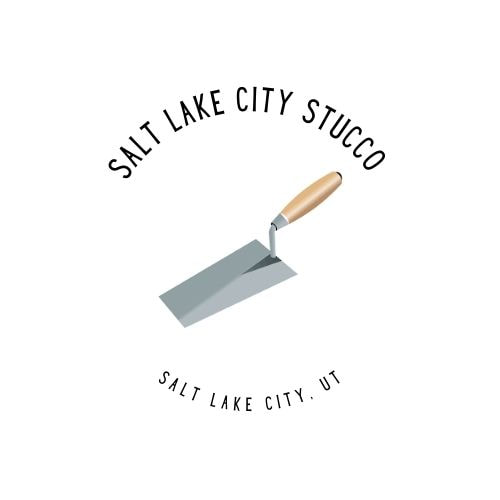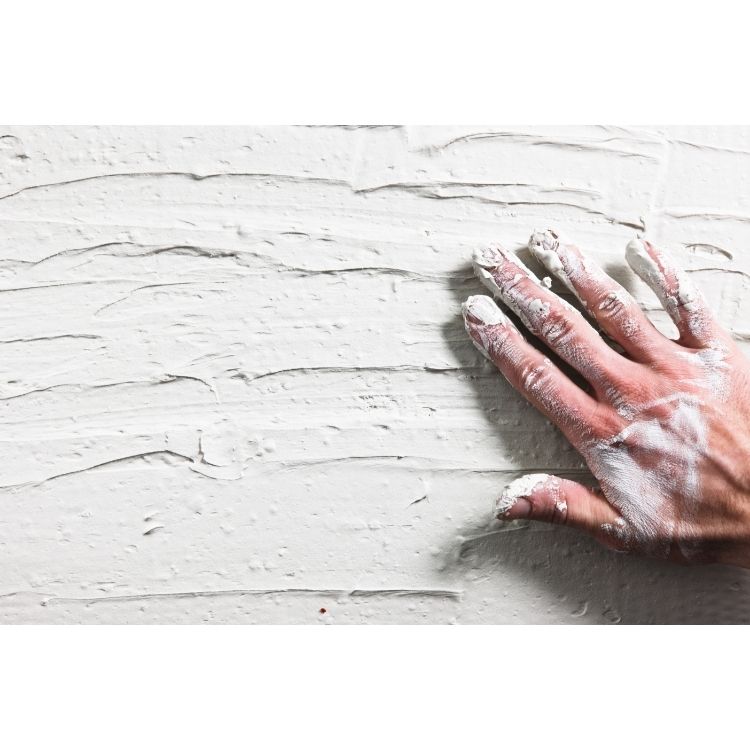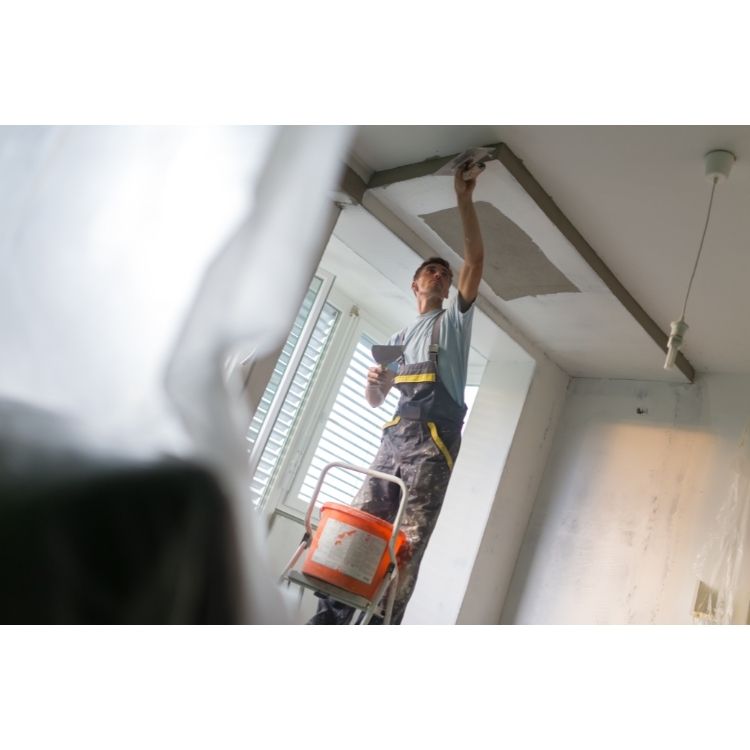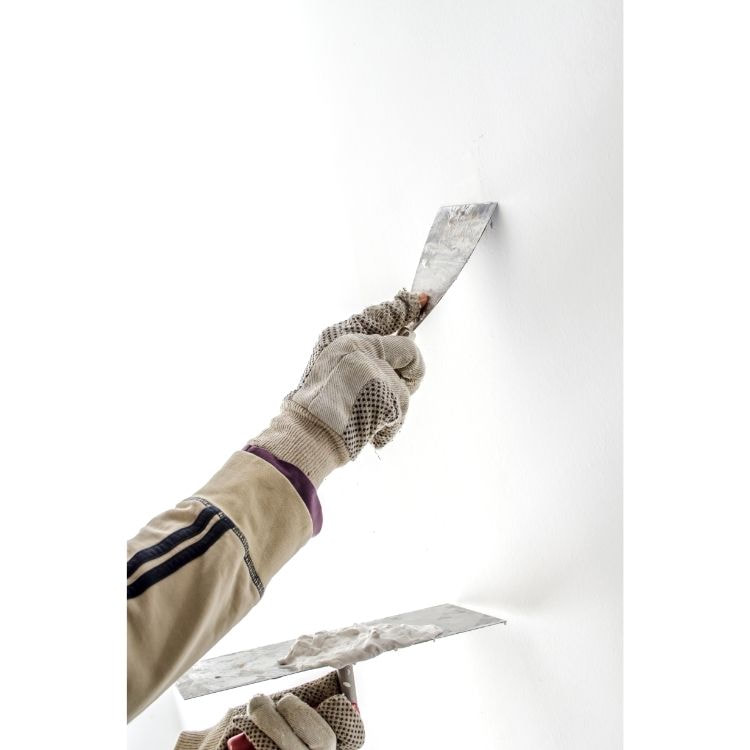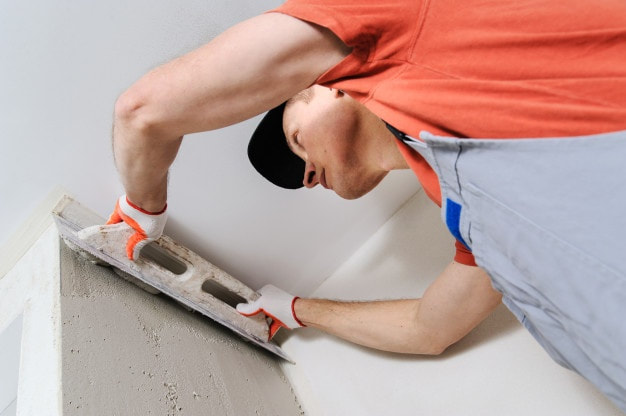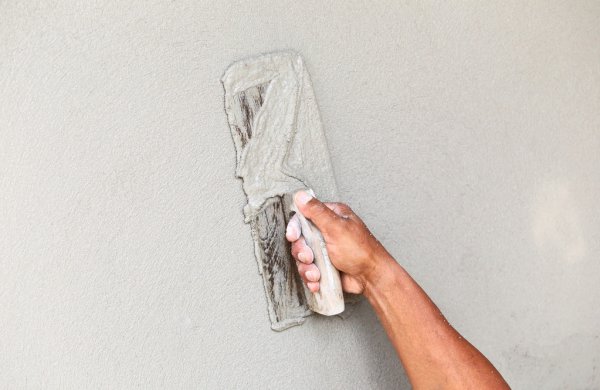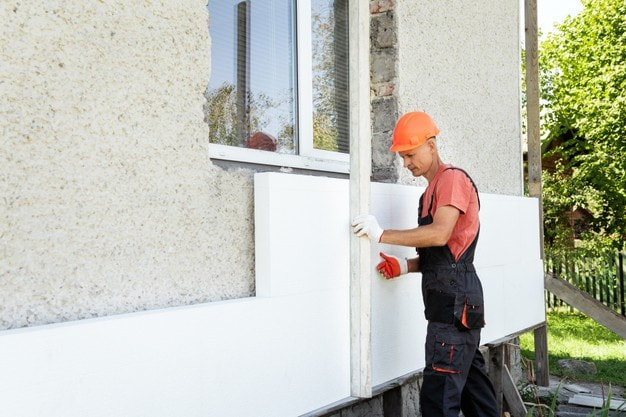Stucco Repair | Salt Lake City, UT | Stucco & Plastering
|
If you need to have the stucco on your home repaired or replaced, you need to hire a professional to do it. This job should be done right the first time. If not, it can lead to more costly problems down the road. When you have a crack, it's important to seek out a professional. Renovation by Burbach is a professional team you can trust. They are experienced in the process and use the best materials available.
Whether you need stucco repair or restoration, you should contact the experts at Salt Lake City Stucco. Salt Lake City Stucco provides a variety of services, including the installation and repair of decorative systems. Their team of professionals is fully trained to install new stucco. And if you want to improve the appearance of your stucco, you should consider a stucco repair or a stucco remodel. A stucco home may have holes or be in need of repair. These are a nuisance and can be costly to fix. The experts at Salt Lake City Stucco will replace any cracked or deteriorated stucco in a timely fashion. The company also provides new installations of soffit-wall, eifs, and dryvit. They will ensure that all components are installed correctly and in the right order. |
|
Our services in the Salt Lake City, UT area.Stucco repair in Salt Lake City is not as difficult as you may think. The process usually takes a few hours. Depending on the type of siding, you may be able to paint the walls yourself or hire a professional. It can be a simple matter of applying new stucco to your home. In the meantime, you can enjoy your newly renovated home. You can contact the experts at Salt Lake City Stucco for any home renovation needs.
|
Customer Testimonials
Our Service Area
|
Some Stucco Facts
Stucco is a durable material that provides insulation for a home. The exterior finish of a house made from stucco is typically three to four millimeters thick. This helps to keep the house cool without using additional energy, and it also reduces the transmission of sound. The process of applying stucco also reduces noise from street sounds. However, there are disadvantages to stucco as well. This material is brittle and susceptible to shifting, and its use is not always the best choice in certain regions.
First, the wall must be cleaned and prepared to receive stucco. It should be cleaned thoroughly with detergent and water. This will help to get rid of any debris that might have settled on the wall surface. After cleaning, the walls should be prepared for the next step. This will ensure the proper adhesion of the stucco. Once it has set, it will be restored to its original profile. Once this is done, the walls are ready for stucco application.
The lath material on the wall is another important part of stucco. Traditionally, it was made of strips of wood that were installed horizontally to support the wet plaster. When applied to the exterior of the wall, lath is installed over a paper or felt sheet that protects framing from moisture. The masonry is then sealed to prevent any water from seeping through. This process is referred to as open-loop-stucco.
Because stucco is such an attractive material, it is used on commercial and residential buildings. Early examples of stucco buildings imitated the architecture of European countries. Thomas Jefferson, the founder of the United States, appointed Benjamin Henry Latrobe as Surveyor of Public Buildings, in 1803 was responsible for many notable stucco structures. He was also responsible for the design of St. John's Church in Washington, D.C. During the 1840s, the stucco finish on the Arlington House was marbleized.
Traditionally, stucco was applied as a multi-layer process. A first coat of stucco, also called a brown coat, was applied before the second. After the first coat, the final layer was applied. The second was the finishing coat. This process has two layers of stucco. The first coat is the scratch coat, which is often called the brown or floating coating. The finishing coat is the last layer.
The second coat is usually roughened. A wood float with a protruding nail provides a key for the final coat. The third coat is usually applied after the second coat. The base coat should be dampened before the finish coat is applied. The final layer is the finish coat. The texture of the finish coat is similar to the original stucco. Once it is finished, it is time to apply the final coat.
Stucco has several advantages. It helps to absorb moisture in the ground and draws it away from the building. It can also help in keeping the interior temperature steady. This material is not as efficient at preventing moisture from entering the house. It does not have this ability, and it is an essential component of many buildings. While it is not completely waterproof, it can be applied to masonry. Adding stucco to the exterior of a building protects it against extreme weather conditions and is a great way to make a home more energy-efficient.
Aside from its durability and resistance to the elements, stucco is also weather resistant. In addition to a concrete finish, stucco is also an attractive and durable wall covering. This material was previously used to cover solid surfaces, and is often applied in thin layers over a solid surface. The finish coat of stucco is made of lime or sand, but is breathable and contains pores for the passage of water.
Stucco has many benefits over other materials. Its flexibility allows it to withstand a range of climates. Its durability makes it an attractive option for a home. It is also extremely durable and can withstand a great deal of rain. While it is not resistant to cold, it can be resistant to rain and cold, allowing it to resist water. It is not a good choice for high-impact environments.
First, the wall must be cleaned and prepared to receive stucco. It should be cleaned thoroughly with detergent and water. This will help to get rid of any debris that might have settled on the wall surface. After cleaning, the walls should be prepared for the next step. This will ensure the proper adhesion of the stucco. Once it has set, it will be restored to its original profile. Once this is done, the walls are ready for stucco application.
The lath material on the wall is another important part of stucco. Traditionally, it was made of strips of wood that were installed horizontally to support the wet plaster. When applied to the exterior of the wall, lath is installed over a paper or felt sheet that protects framing from moisture. The masonry is then sealed to prevent any water from seeping through. This process is referred to as open-loop-stucco.
Because stucco is such an attractive material, it is used on commercial and residential buildings. Early examples of stucco buildings imitated the architecture of European countries. Thomas Jefferson, the founder of the United States, appointed Benjamin Henry Latrobe as Surveyor of Public Buildings, in 1803 was responsible for many notable stucco structures. He was also responsible for the design of St. John's Church in Washington, D.C. During the 1840s, the stucco finish on the Arlington House was marbleized.
Traditionally, stucco was applied as a multi-layer process. A first coat of stucco, also called a brown coat, was applied before the second. After the first coat, the final layer was applied. The second was the finishing coat. This process has two layers of stucco. The first coat is the scratch coat, which is often called the brown or floating coating. The finishing coat is the last layer.
The second coat is usually roughened. A wood float with a protruding nail provides a key for the final coat. The third coat is usually applied after the second coat. The base coat should be dampened before the finish coat is applied. The final layer is the finish coat. The texture of the finish coat is similar to the original stucco. Once it is finished, it is time to apply the final coat.
Stucco has several advantages. It helps to absorb moisture in the ground and draws it away from the building. It can also help in keeping the interior temperature steady. This material is not as efficient at preventing moisture from entering the house. It does not have this ability, and it is an essential component of many buildings. While it is not completely waterproof, it can be applied to masonry. Adding stucco to the exterior of a building protects it against extreme weather conditions and is a great way to make a home more energy-efficient.
Aside from its durability and resistance to the elements, stucco is also weather resistant. In addition to a concrete finish, stucco is also an attractive and durable wall covering. This material was previously used to cover solid surfaces, and is often applied in thin layers over a solid surface. The finish coat of stucco is made of lime or sand, but is breathable and contains pores for the passage of water.
Stucco has many benefits over other materials. Its flexibility allows it to withstand a range of climates. Its durability makes it an attractive option for a home. It is also extremely durable and can withstand a great deal of rain. While it is not resistant to cold, it can be resistant to rain and cold, allowing it to resist water. It is not a good choice for high-impact environments.

